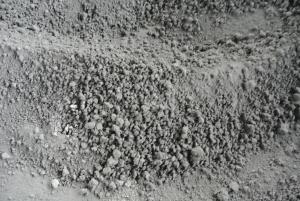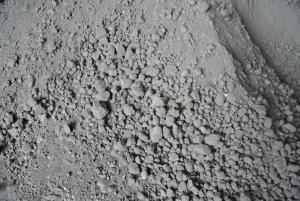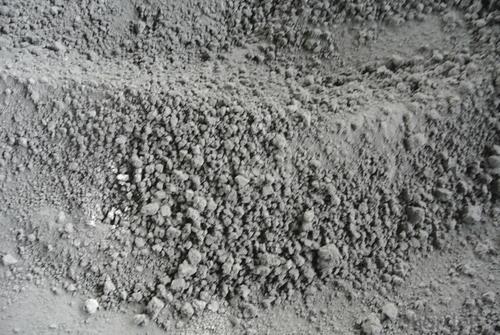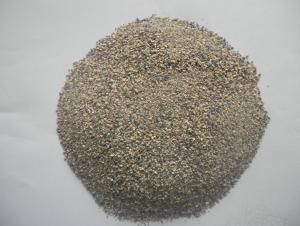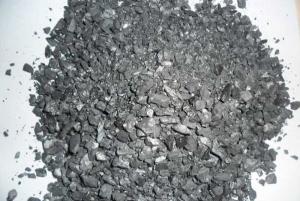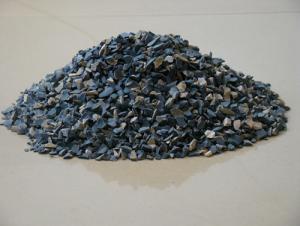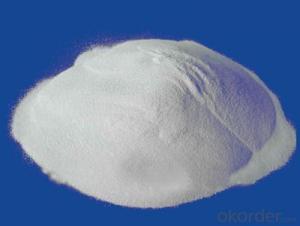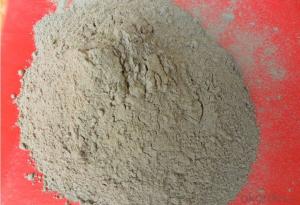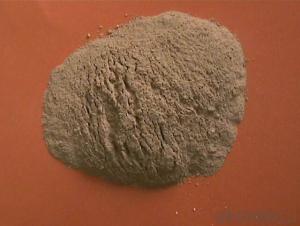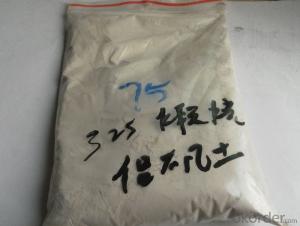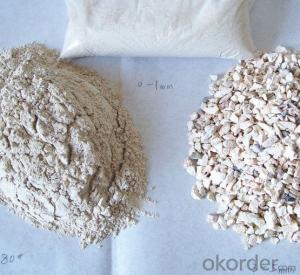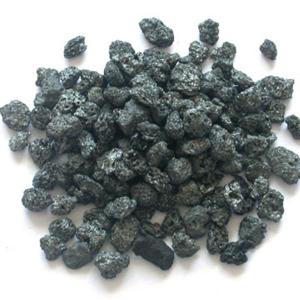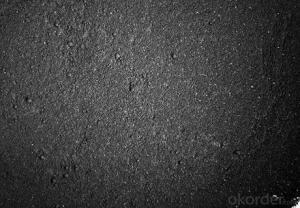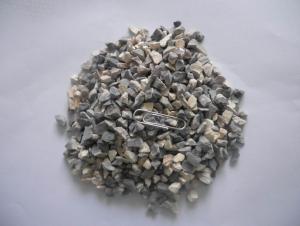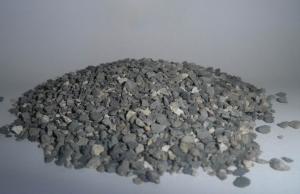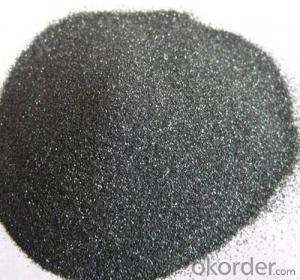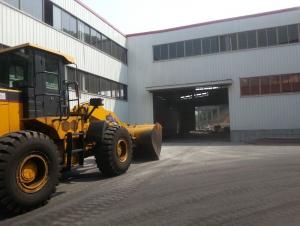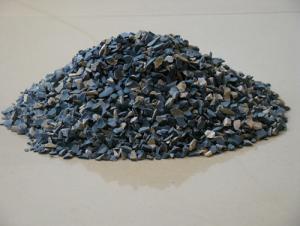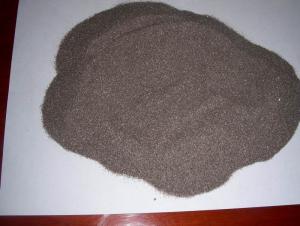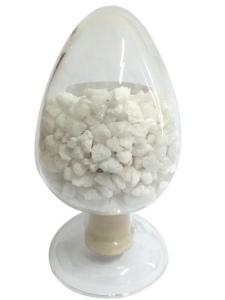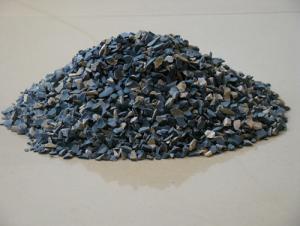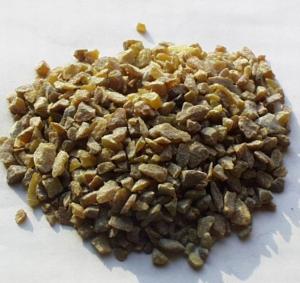Raw Materials for Refractory - Calcined Petroleum Coke
- Loading Port:
- Qingdao
- Payment Terms:
- TT OR LC
- Min Order Qty:
- 5 m.t.
- Supply Capability:
- 500 m.t./month
OKorder Service Pledge
OKorder Financial Service
You Might Also Like
Features: calcined petroleum coke is through 1300 DEG C petroleum coke calcination, with low ash content, high carbon content, conductivity, thermal conductivity, chemical stability and good thermal stability etc..
Use: calcined petroleum coke is the main material of anode and graphite products, production of aluminum, and also as a carburizing agent steelmaking furnace, used as a reducing agent in industrial silicon, silicon carbide, yellow phosphorus electric furnace.
Component Quality
Sulfur(S),% 0.5-3.5
Ash(Ash),% ≤0.5
Volatile(V.M),% ≤0.5
Water content(Moisture),% ≤0.3
True density
g/cm3 (True Density )
2.04-2.10
Fixed carbon%(Fixed Carbon)
98.5-99.5
ResistivityΩ(Resistivity)
450-550
Iron % (Fe)
0.025
Silicon%(Si)
0.032
Nickel %(Ni)
0.024
Particle sizemm(Particle size)
-0.5-50
- Q: How to understand qualitative and qualitative refractory materials?
- Such as amorphous refractory castable, referred to as bulk loading, cast material, ramming material, refractory clay etc., utensils and other special products. Amorphous refractory material products, refractory heat insulating bricks and experimental and industrial crucible, spraying materials, such as burning bricks, electric melting brick, turn it into required shape and process heat treatment in where it is used.
- Q: How to solve the shell, the crack problem of refractory material in the process of forming.
- Pressure mode and number of pressure control "spallation". 2, multiple pressure, pressure degree and discharge way: 1, reduce friction, choose appropriate, than big pressure disposable pressure produced by the plastic deformation, allocate reasonable grading, internal and external friction, reduce billet particles and high die wall bright. 4.--- solve the light one firstly. --moisture content being too high easily cause spallation - the compressibility of water is small and have certain elasticity, appropriately to extend the pressuring time is beneficial. The material can produce large plastic deformation under the effect of continuous load. The right amount of lubricant. - body under the condition of less pressure but long effect time molding. Mould structure is reasonable and improve billet natural stacking density. 5.3, measures to improve the unburned brick molding quality. Many times continuously pressure relief is better than one-off sudden unloading, and controlling the appropriate moisture content;- - is beneficial to air overflow.
- Q: Is there requirement for radiation indicator in refractory?
- All refractories have no radiated harm to environment, so there is no requirement. From the elemental analysis, magnesite. I do not know it is helpful to you. But for refractory rwa material, any chemical element is radiated, including silicon?dioxide; If they are radioactive. From the use analysis, such as bauxite, do not have use value.
- Q: Please answer the questions about the packing and transportation requirements of refractory materials.. Requirements for packing of refractory bricks
- First of all, customer requirements, packaging according to customer requirements. According to the packaging packaging tray packaging is divided into 40 yuan / tons, carton 70 yuan / tons, 40 yuan / ton, straw packing bags of 30 yuan / ton.
- Q: Does refractory belong to stone, building materials or other?
- Refractories belong to organic non-metallic materials, stone and construction materials. After it is used in building. Just for your reference.
- Q: Who can introduce the external wall thermal insulation materials fire rating regulations?
- External wall thermal insulation materials fire rating regulations, 1, the height of a building is greater than or equal to 100m , the combustion performance of insulation materials should be level A; 2, the height of a building is greater than or equal to 60m but less than 100m, the combustion performance of insulation materials should not be less than the level B2. When using level B2 thermal insulation material, every layer should set horizontal fire barrier zone 3,The height of building is be equal or greater than 24m but less than 60m, the combustion performance of thermal insulation material should not be less than the level B2. When using level B2 insulation material, each two-layer should set fire barrier zone ; 4, the height of building is less than 24m, the combustion performance of insulation materials should not be less than the level B2. Besides, when using level B2 thermal insulation material, each three-layer should set a horizontal fire barrier zone.
- Q: Does the aluminum silicate thermal insulation material fireproof?
- it can be fireproof and has a strong fireproof?performance.
- Q: Is it necessary for the frame of glass fireproof door to be crammed with fire-proof material?
- Close the door , and check if the gap is normal, whether the hole and the door leaf are in the same plane, and whether the door leaf has tendency to fall down. Fire resistance steel door——means that use a cold rolled steel sheet as door frame, door plank and framework, and stuff a door leaf with incombustible material. If it is glass fireproof door, then the door frame should be equipped with fire-proof materials. I know a exclusive shop in Beijing dealing with fireproof doors, called Naecame.
- Q: Can the teflon material resist fire?
- Teflon does not burn and with the ability of flame retardant.
- Q: What are the advantages of refractory material?
- Jingute WHL type, GDS type
Send your message to us
Raw Materials for Refractory - Calcined Petroleum Coke
- Loading Port:
- Qingdao
- Payment Terms:
- TT OR LC
- Min Order Qty:
- 5 m.t.
- Supply Capability:
- 500 m.t./month
OKorder Service Pledge
OKorder Financial Service
Similar products
Hot products
Hot Searches
Related keywords
